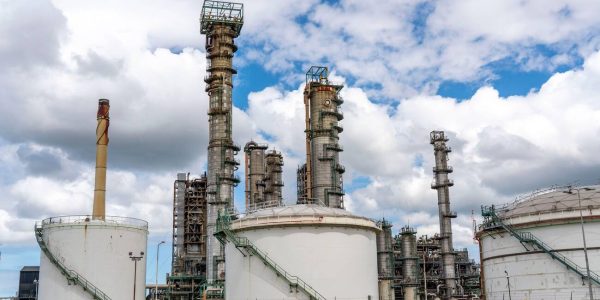PROCEDURES FOR LEASING OF STORAGE FACILITIES
Initial Inquiry and Application
- CLIENT to provide an updated corporate profile and business license. CLIENT also to provide a product specification sheet and supplier/refinery/exporter details in full OR a refinery commitment letter.
- LESSOR will send over a lease agreement and applicable invoice, which shows a commitment to pay within a stipulated time.
- Client to sign back lease agreement and invoice, confirming his/her commitment to the transaction.
Coordination Process
- LESSOR to open communication with CLIENT’S supplier/refinery/exporter and create an injection schedule.
- Upon Completion of the reception of the Petroleum Product (FIRST SPLASH) from the pipeline into the Tanks, the Number of Days LESSEE Company paid for start counting as days use for the storage of the Petroleum product.
- LESSEE Company provide their Inspection Team for Dip Test Inspection Confirmation for Quality & Quantity of the petroleum product received from the pipeline system into the Tanks and lift the petroleum product from the Tank anytime during the Validity of the days LESSEE Company paid for.
Payment
- Then CLIENT to pay immediately, as per the signed commercial invoice.
- Once payment has been made, an official bank transfer slip/receipt to be sent to the LESSOR by the CLIENT confirming the same.
- On receipt of payment to LESSOR’S account, within 36 business hours, a TSR will be provided to the Client by the LESSOR after receiving the NOR from the seller/refinery and injection schedule.
Commissioning
10. Security and Insurance: As part of the lease agreement, lessees are typically required to provide adequate insurance coverage to protect against risks such as spills, accidents, and damage to infrastructure. Security measures, including access control and surveillance, are also enforced to safeguard the terminal’s operations and assets.
11. Commencement of Operations: Once all contractual obligations are met and necessary approvals obtained, lessees can commence operations at the Maasvlakte Oil Terminal. This may involve the receipt, storage, blending, and distribution of petroleum products according to their business needs and market demands.
12. Ongoing Management and Maintenance: Throughout the lease period, lessees are responsible for the ongoing management and maintenance of their leased storage facilities. This includes routine inspections, maintenance activities, and adherence to operational guidelines to ensure continued safe and efficient operations.


